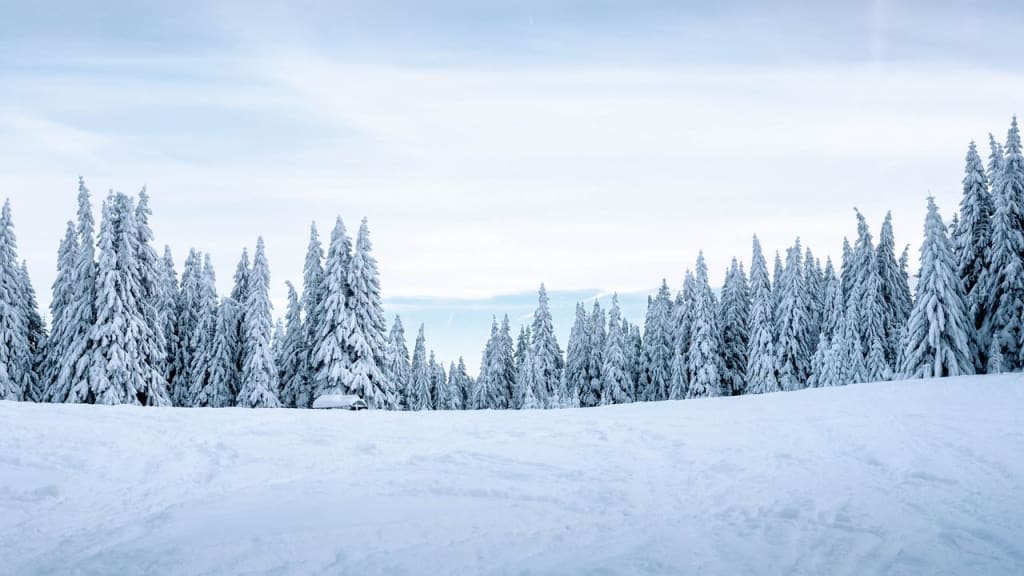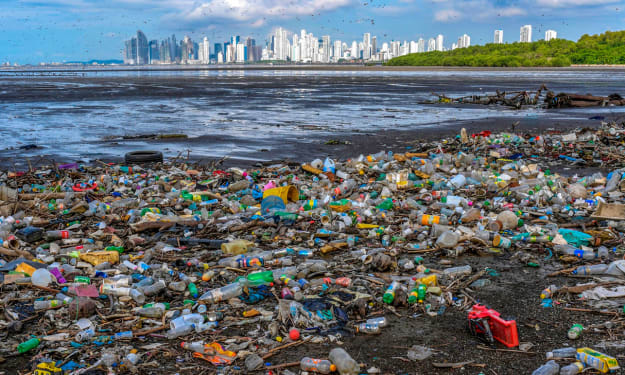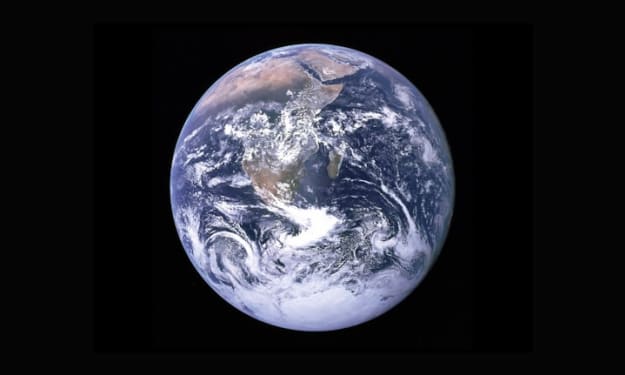Content warning
This story may contain sensitive material or discuss topics that some readers may find distressing. Reader discretion is advised. The views and opinions expressed in this story are those of the author and do not necessarily reflect the official policy or position of Vocal.
The Impact of Winter on the Environment
environment content

The Impact of Winter on the Environment
Winter, with its cool temperatures, snowfall, and cold scenes, achieves massive changes to the climate. The season affects different environments, natural life, and human exercise differently. Understanding the effect of winter on the climate is critical for creating procedures to alleviate expected adverse results and adjusting to the occasional changes.
As temperatures decrease, many plant species enter a condition of lethargy, saving energy and assets. Deciduous trees shed their leaves to lessen water misfortune and safeguard against frigid temperatures. Perennials pull out supplements from their leaves and stems, diverting them to their foundations for the colder months. This lethargy is a method for surviving that permits plants to persevere through the brutal circumstances until the arrival of additional good temperatures in the spring.
The appearance of snowfall is a vital biological characteristic. Snow goes about as a characteristic separator, making progress and safeguarding plant roots, seeds, and little life forms from outrageous viruses. This protection impact is especially crucial in colder districts, assisting with keeping a more steady climate underneath the snow layer.
Winter prompts different transformations in untamed life to adapt to the difficulties of the time. A few creatures rest, entering a condition of lethargy to ration energy when food is scarce. Others, similar to birds, may move to hotter districts looking for additional positive circumstances. Also, certain species have developed fur or thicker coats to provide protection against the virus.
Winter frequently brings a shortage of assets, especially regarding food. Many plants stop photosynthesis during this time, restricting the accessibility of foods grown from the ground for herbivores. Hunters, thus, may confront difficulties in tracking down prey. The occasional shortage of assets can prompt changes in untamed life conduct, relocation examples, and even affect populace elements.
Waterways go through huge changes as temperatures dive. Lakes and streams might freeze, forming ice covers that influence sea-going environments. Some fish species are adjusted to get by in frigid waters, while others might enter a condition of semi-hibernation. Ice cover likewise impacts oxygen levels and light entrance, influencing the whole amphibian food web.
Underneath the frozen surfaces and snow-covered scenes, microbial movement proceeds. Certain organisms are adjusted to flourish in chilly conditions, adding to supplement cycling in any event during the winter. This secret biological action assumes an urgent role in setting up the dirt for the impending developing season.
Winter assumes a significant role in the water cycle, particularly in districts where snowfall adds to freshwater assets. Snow that gathers in bumpy regions fills in as a characteristic supply, continuously dissolving in the spring and renewing streams and lakes. Changes in winter precipitation designs because of environmental change can have huge ramifications for water accessibility and biological systems.
Winter significantly impacts human exercise. From changes in transportation and energy utilization to sporting pursuits like winter sports, the season significantly affects our day-to-day routines. Snow and ice can disturb travel, prompting postponements and mishaps. Simultaneously, winter sports add to the travel industry and nearby economies in cool environments.
The continuous impacts of environmental change have modified conventional winter designs in numerous locales. Hotter temperatures can prompt diminished snowfall, influencing environments that depend on an occasional snow cover. Changes in winter precipitation examples may likewise add to outrageous climate events, influencing both regular environments and human settlements.
Winter can present difficulties for natural protection endeavors. Snow and ice cover can ruin access to specific regions for exploration and observation, making it hard to evaluate the strength of environments during the colder months. Also, outrageous winter climate events might compound existing ecological dangers, like living space misfortune and contamination.
Winter is a unique season that achieves a large number of changes to the climate, impacting environments, water assets, human activities, and environmental designs. As we keep on wrestling with the effects of environmental change, understanding the intricacies of winter and its consequences for the climate turns out to be progressively significant. Preservation endeavors, supportable practices, and variation systems are fundamental to moderating possible difficulties and saving the fragile equilibrium of our regular world.
Article written by Engr kawsar ahmed.
About the Creator
Enjoyed the story? Support the Creator.
Subscribe for free to receive all their stories in your feed. You could also pledge your support or give them a one-off tip, letting them know you appreciate their work.






Comments
There are no comments for this story
Be the first to respond and start the conversation.